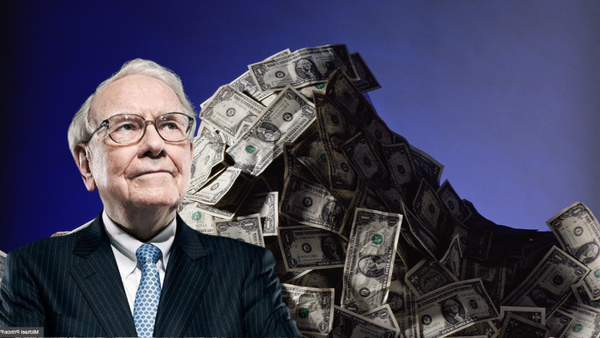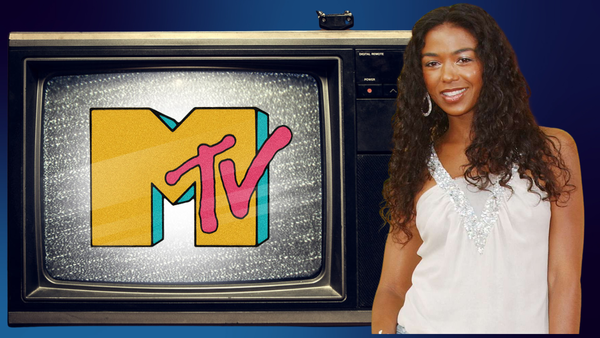Why Quality Companies Trade at a Premium to the Market

Investment Talk recently wrote a great article called Moats & Capital Allocation that referenced this quote from Pat Dorsey from his book The Little Book That Builds Wealth.
“For most people, it’s common sense to pay more for something that is more durable. From kitchen appliances to cars to houses, items that will last longer are typically able to command higher prices, because the higher up-front cost will be offset by a few more years of use. The same concept applies to the stock market. Durable companies—that is, companies that have strong competitive advantages—are more valuable than companies that are at risk of going from hero to zero in a matter of months because they never had much of an advantage over their competition. This is the biggest reason that economic moats should matter to you as an investor: Companies with moats are more valuable than companies without moats”. [emphasis added]
Why are companies with durable competitive advantages worth more?
Because their competitive advantage lengthens the period of reinvestment which increases their NPV.

The problem for investors is yes, quality wide-moat companies are worth more but they always trade at a premium to the market. No matter the quality of the asset, If you pay too high a price for it you’re going to have poor returns.
But historically that hasn’t been the case for quality companies.
First, starting valuations for quality companies have a weak relationship with their returns. From What Valuations Tell Us (and don’t tell us) About Future Factor Returns
In contrast, valuations for the minimum volatility, momentum and quality factors have shown a weak relationship with subsequent performance. In general, investors have pursued strategies based on these factors because of inefficiencies resulting from behavioral biases than from relative valuation.

Secondly, the quality factor is also one of the factors that has consistently generated returns higher than the market.

The MSCI World Quality Index has generated an excess 1.8% annual return over the MSCI World Index since 1999.
And the quality factor’s outperformance has been achieved with lower levels of risk as measured by annualized volatility.

It still feels uncomfortable paying any price for a high-quality company.
What if we’re wrong about the quality of the company? Paying too much for a deteriorating business is a surefire way to generate large losses.
So yes, perform a discounted cash flow model. Create a range of prices based on your expectations for revenue growth and margins.
Also, perform a reverse discounted cash flow model as championed in Expectations Investing. You want to try and determine what future the market is pricing in today.
And then determine if their P/E multiple is justified based on their ROIC and expected earnings growth.
Justified P/E Ratio Based on ROIC
A prime example of a high-quality business that always looks too expensive is Costco.
Costco’s current P/E ratio is 47x whereas Target’s (TGT) is 17.8x, Walmart’s (WMT) is 27x, and BJ’s Wholesale’s (BJ) is 17.3x. But if we look at their corresponding ROICs, Costco’s is much higher than Walmart's, Target's, and just below BJ's.

A higher ROIC means less reinvestment capital is needed to grow and that is worth more.
And we can’t ignore their different business models. Walmart and Target are pure retailers. Whereas Costco and BJ’s use retailing to increase memberships, a recurring revenue model.
So maybe Costco’s higher multiple is justified compared to Walmart and Target and maybe BJ’s is undervalued?
According to Epoch Partners, you can modify the Gordon Growth model to generate a justified P/E Ratio based on a company’s ROIC to WACC spread and its expected earnings growth rate. I modified their approach slightly and used a required return of 10% instead of WACC to determine the justified P/E ratio.
Costco’s expected earnings growth over the next 5 years is 8-9% per year. And to get at least a 10% return we’re willing to accept a P/E ratio between 30-57x.

So if Costco can achieve 9% or higher earnings growth then it’s potentially undervalued at 47x earnings.
Yes, we would love to pay a lower multiple because it would allow for greater margin expansion and potentially higher returns. But this exercise shows that even when a high-quality company looks expensive, its high P/E multiple could still be justified.
Costco is also growing its ROIC. Each new store starts at a lower overall sales and memberships compared to mature stores but as the new store matures its profitability catches up to existing stores. The return on the initial investment is low but grows as the store matures. Costco is still growing stores and its ROIC is growing along with the number of mature stores.

As Pat Dorsey said, quality companies with a durable competitive advantage have a long runway to reinvest retained capital into high-return opportunities. As long as they have high-returning opportunities to reinvest in, their long-term earnings growth will exceed current expectations and today’s high valuation will look cheap in the next 5-10 years.
The value any business creates, listed or not, is determined by the rate at which it deploys incremental capital. - from Quality Investing.




